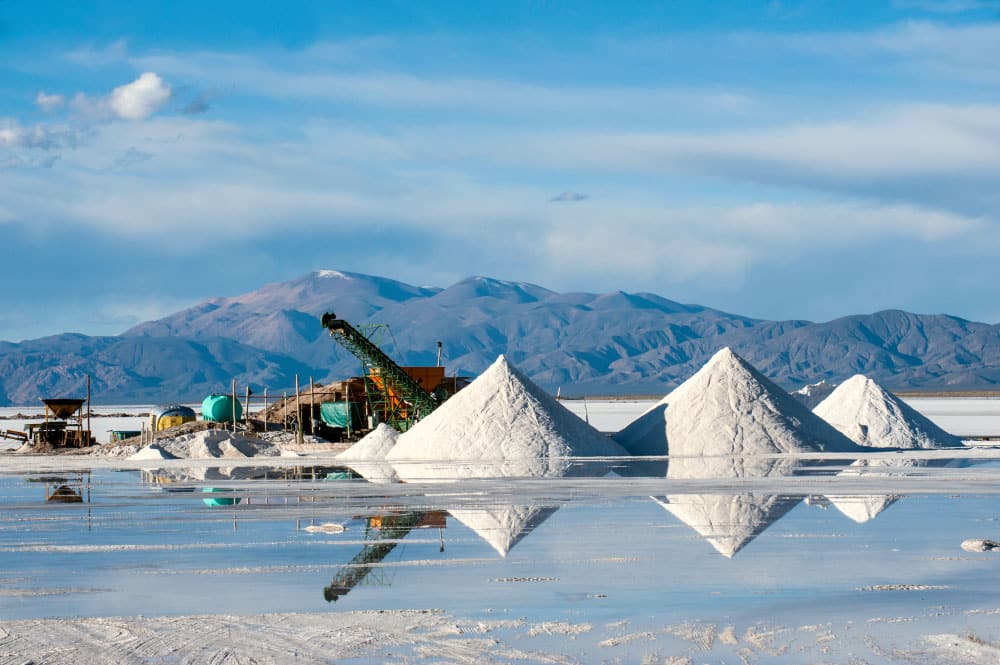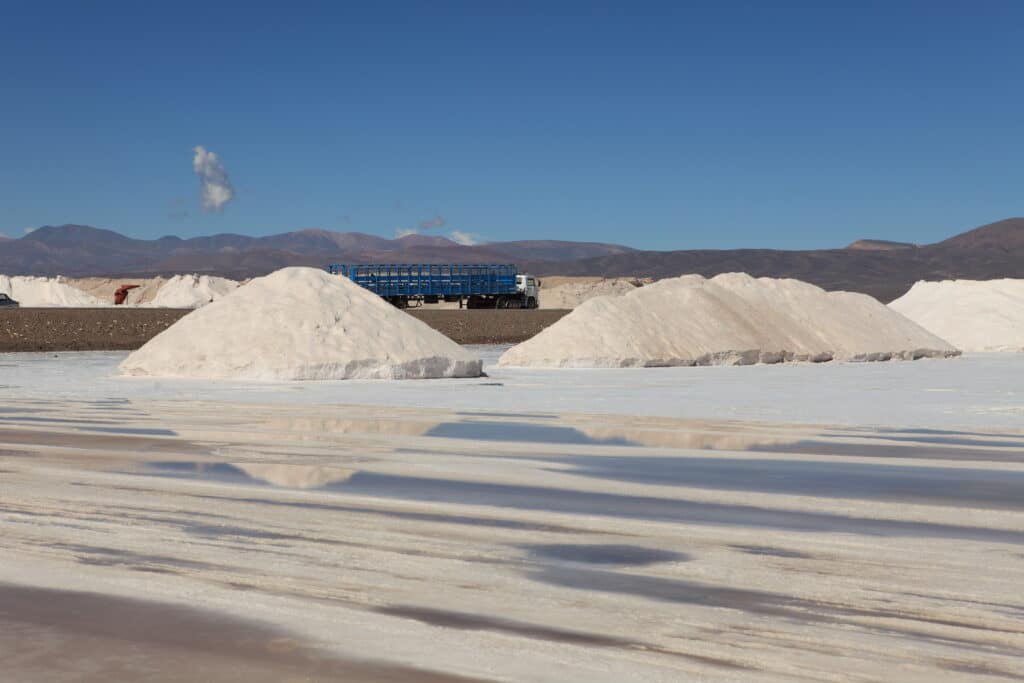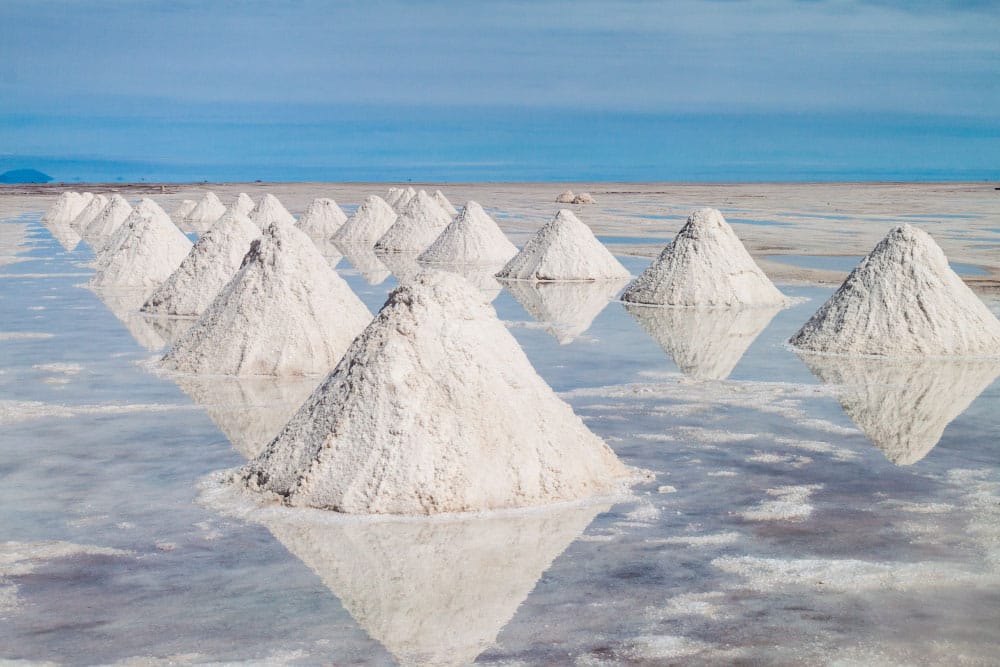Chile’s Nationalization of the Lithium Industry Could Impact Lithium Prices

In the 1960s, revolutionary and often left-wing populists took control of foreign mining company assets “for the people” through “resource nationalism.” They proceeded to destroy inherent values and even plundered coffers to use for corrupt ends. Some nationalization efforts, like Chile’s, ended in the formation of Codelco, a world-class mining entity. However, far too many others did not achieve a successful outcome. Now, Chile’s nationalization of the lithium industry has many wondering how the move will affect lithium prices.
Politicians in the 21st century have learned some lessons and achieved remarkably successful outcomes by taking a more nuanced approach. Indonesia stands out as a performer. Despite howls of protest, it repeatedly banned the export of basic commodities. According to a recent Reuters article highlighting Indonesia’s success, the country also cajoled producers to invest in value-add refining. They accomplished this by continuing to permit the export of refined value-add products.
Indonesia’s leading operators built the first nickel pig iron smelters. More recently, they created processing plants capable of producing nickel in battery-friendly forms. Moreover, this followed the ban on nickel ore exports in 2020. The European Union bought a World Trade Organization (WTO) panel ruling that the export ban was a breach of WTO trade rules. Despite this, Indonesia forged ahead anyway. Now, Indonesia boasts the world’s largest nickel production sector, which it is rapidly leveraging into a global battery-materials hub. Ultimately, Indonesia has shown that state intervention doesn’t always come at the price of slower industrial progress.
MetalMiner Insights contains a full suit of battery metal price points, market intelligence data and correlation analysis tools which help smooth out market volatility for lithium, cobalt and other battery metals. Learn more, schedule a consult.

Producers Applaud Chile’s Move as Lithium Prices Drop
Indonesia’s success may be part of the reason why major producers like SQM, Albemarle, and Clean Tech Lithium are taking a positive view of recent events in Chile. They see President Boric’s announcement that the country is taking a controlling stake in the Lithium sector as “negotiated nationalism.” Indeed, the companies believe that the state’s investment will accelerate resource development. Moreover, having Codelco on board may reduce environmental and certification obstacles that have hampered mining developments thus far. Ultimately, producers are optimistic that the state’s involvement will help battle the challenges faced by the lithium industry.

However, to what extent the Chilean government sees downstream refining as part of this move remains to be seen, and thus lithium prices hang in the balance. In addition to this, a recent Benchmark post observed that the challenge of qualifying processing facilities has been one of the most significant blocks to more rapid refined salts supply. This process can be fraught with delays and complications. The industry requires detailed control on a parts per million (PPM) basis and close control of the supply chain, for which skills and resources are scarce.
View MetalMiner’s track record of forecasting where industrial metal prices are headed.
How Chile’s Move Could Impact Lithium Prices
According to Reuters, Chile’s move to take majority control of SQM and Albemarle’s assets has caused a fall in the companies’ share prices. However, Lithium prices have been falling since late last year due to weak EV production. As a result, share prices have been under pressure for some time.
Chile’s move could prove well-timed as lithium prices remain historically high. Moreover, producers are still very profitable, despite being off last year’s peak.
Stay posted on lithium market trends in the renewables section of MetalMiner’s Monthly Metals Index report. This free document provides insight to 10 different metal industries which can be used to help you forecast metal market trends. Opt in here.

Leave a Reply